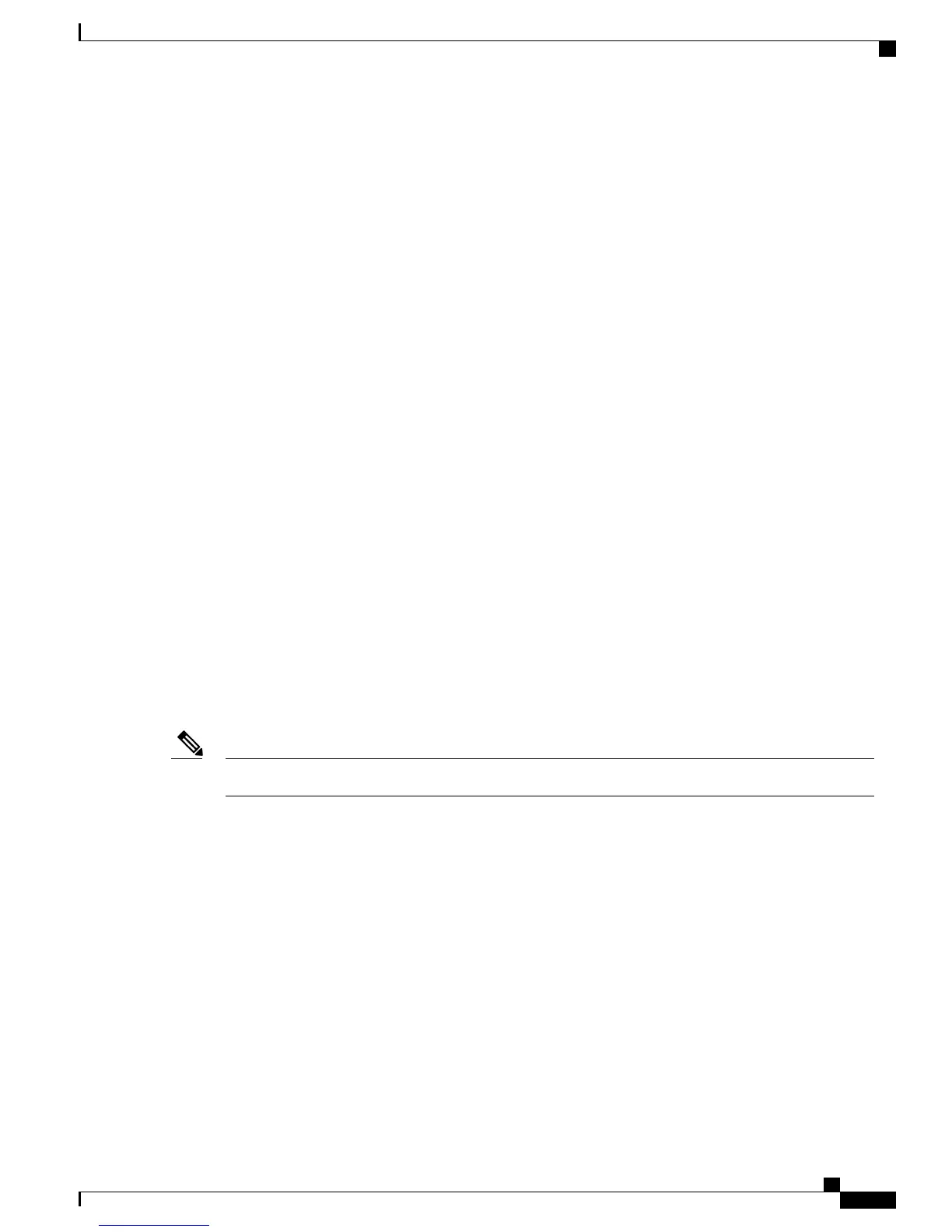Label Switching Functions
In conventional Layer 3 forwarding mechanisms, as a packet traverses the network, each router extracts all
the information relevant to forwarding the packet from the Layer 3 header. This information is then used as
an index for a routing table lookup to determine the next hop for the packet.
In the most common case, the only relevant field in the header is the destination address field, but in some
cases, other header fields might also be relevant. As a result, the header analysis must be done independently
at each router through which the packet passes. In addition, a complicated table lookup must also be done at
each router.
In label switching, the analysis of the Layer 3 header is done only once. The Layer 3 header is then mapped
into a fixed-length, unstructured value called a label.
Many different headers can map to the same label, as long as those headers always result in the same choice
of next hop. In effect, a label represents a forwarding equivalence class—that is, a set of packets which,
however different they may be, are indistinguishable by the forwarding function.
The initial choice of a label need not be based exclusively on the contents of the Layer 3 packet header; for
example, forwarding decisions at subsequent hops can also be based on routing policy.
Once a label is assigned, a short label header is added at the front of the Layer 3 packet. This header is carried
across the network as part of the packet. At subsequent hops through each MPLS router in the network, labels
are swapped and forwarding decisions are made by means of MPLS forwarding table lookup for the label
carried in the packet header. Hence, the packet header does not need to be reevaluated during packet transit
through the network. Because the label is of fixed length and unstructured, the MPLS forwarding table lookup
process is both straightforward and fast.
Distribution of Label Bindings
Each label switching router (LSR) in the network makes an independent, local decision as to which label value
to use to represent a forwarding equivalence class. This association is known as a label binding.
The distribution of label bindings cannot be done statically for the Layer 2 VPN pseudowire.Note
Each LSR informs its neighbors of the label bindings it has made. This awareness of label bindings by
neighboring routers is facilitated by these protocols:
Label Distribution Protocol (LDP)
Supports MPLS forwarding along normally routed paths.
Resource Reservation Protocol (RSVP)
Supports MPLS traffic engineering.
Border Gateway Protocol (BGP)
Supports MPLS virtual private networks (VPNs).
Cisco IOS XR MPLS Configuration Guide for the Cisco CRS Router, Release 5.1.x
157
Implementing MPLS Forwarding
Label Switching Functions

